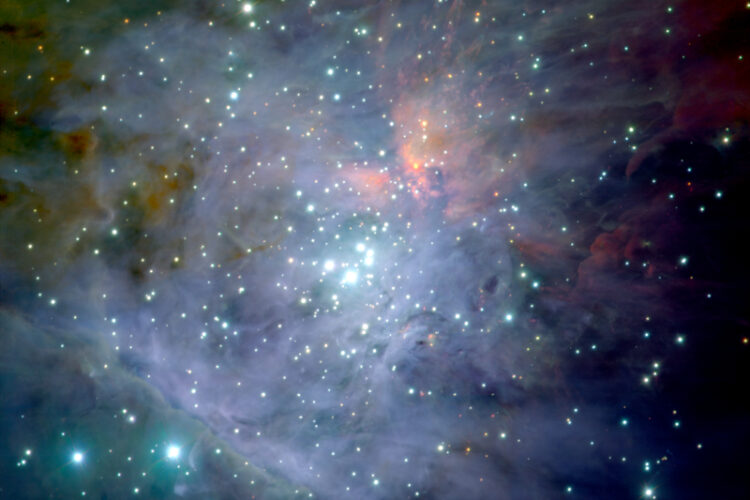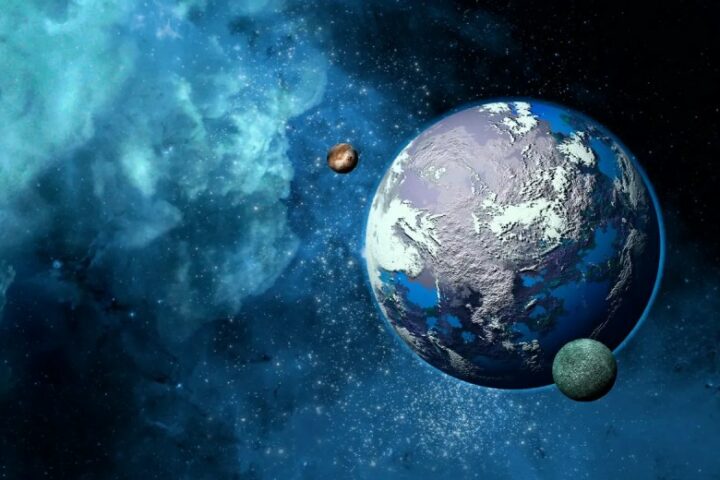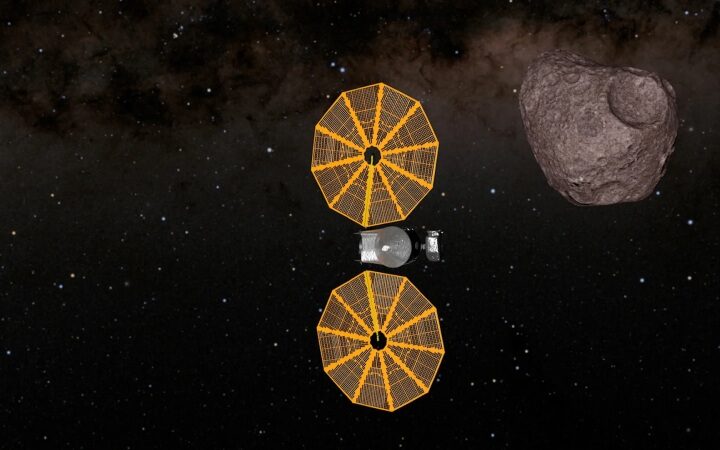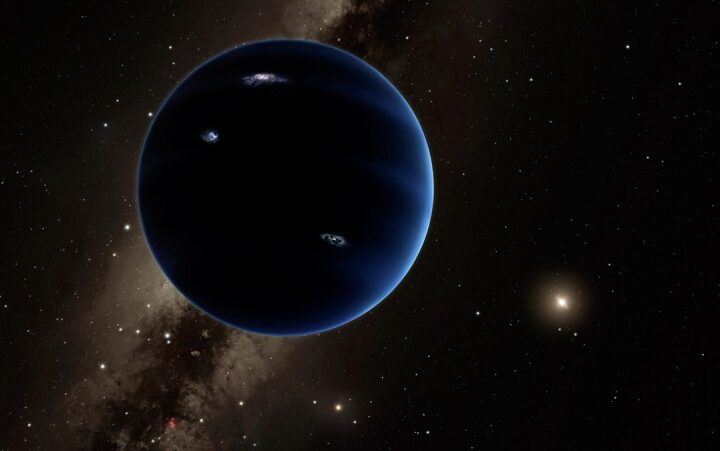The Orion Nebula, the closest star-forming region to Earth, contains free-floating objects the size of Jupiter, the largest planet in our solar system, according to research conducted by the European Space Agency (ESA) using NASA’s James Webb Space Telescope.
Our knowledge of how stars and planets are produced has been entirely changed by the discovery. Until recently, scientists thought that nebulae, vast clouds of gas and dust that give birth to stars, were not capable of spontaneously forming planet-sized objects. However, the most recent research suggests otherwise.
The fact that these items originate in pairs as opposed to individually is even more puzzling.
According to Samuel Pearson, an ESA scientist who worked on the study, “there’s something wrong with either our understanding of planet formation, star formation, or both.” He said, “They shouldn’t be there.
Jupiter Mass Binary Objects, or JuMBOs, are the names given to the recently found objects. Since they do not orbit a star, they are not officially regarded as planets but are also too small to be stars.
According to Professor Mark McCaughrean, senior adviser for research and exploration at the ESA, “most of us don’t have time to get wrapped up in this debate about what is a planet and what isn’t a planet.”
JuMBOs are roughly a million years old, according to a study report McCaughrean co-authored but which has not yet been peer-reviewed. In comparison to the rest of the cosmos, they are therefore comparatively young.
According to the research, JuMBOs have surfaces that are about 1,000 degrees Celsius. JuMBOs cool down quickly and eventually freeze, in contrast to planets, which can maintain constant temperatures because of the energy they get from their host stars. They are unlikely to support life because they are primarily made of gas.
The history of JuMBOs
To explain how JuMBOs form, scientists have put up a number of theories. The first is that they originated in nebula regions that were too scarce to produce true stars. Another scenario is that they were originally created as planets meant to orbit stars, but for some reason, they were “ejected” from their original orbits.
According to McCaughrean, the ejection hypothesis is currently the most favored theory. “We are aware that star systems can expel a single planet, but how do you expel two of these objects simultaneously? We don’t currently have a solution. It’s one for theorists,” he continued.
The linked phenomena has been labeled as unprecedented by other scientists.
According to astronomer Heidi Hammel, who was not involved in the research, “my reactions ranged from ‘Whaaat?!’ to ‘Are you sure?’ to ‘That’s just so weird,’ to ‘How could binaries be ejected together?'”
The ejection of pairs of planet-sized objects from a nebula is not predicted by any scientific models at the moment. Hammel said that it’s possible that there hasn’t always been a telescope strong enough to see them.
- A new product-browsing feature has been added to ChatGPT - April 29, 2025
- Tejas Networks and Freestream to Partner with HMD, Lava for Direct-to-Mobile Phones - April 29, 2025
- Nani will cast in Mahabharata, the dream project of SS Rajamouli - April 28, 2025









